di Marco Maculotti
All the images accompanying this article
(except for the cover)
were generated away Craiyon. com
The aboriginal peoples of Canada, often settled in the reserves bordering the border with the United States, are now divided into tribes that bear different names (Algonquins, Cree, Ojibwa), although they mostly continue to share a very similar vision of man and his relationship with nature and with spirits - and, as it is easy to imagine, the same mythology. In the magical-shamanic universe that founds the vision of these populations - today the last bastion of wisdom that characterized the entire native population of North America for centuries - the spirits with which man can enter into communication are generally called manita - the same word that, with a capital letter, identifies the universal divine Being, the sacred energy that permeates everything.
However, although the relationship of the natives with the manita with which they come into contact has generally positive connotations - one comes into contact with them to heal the sick (in both physical and mental sense, since these populations believe that there is no real difference between the two eventualities), to favor hunting or farming and for advice on how to administer justice - nevertheless there is a detail present manita in Algochina mythology (but also Cree, Ojibwa, etc) characterized by its negativity: the Windigo (Wendigo, Wetiko, Weetiko et similia). It is believed that this is an evil spirit, unanimously associated with winter and frost: it has large claws, a skeletal body and sharp, protruding teeth. It is large in size and in many mythologies of these tribes it is covered with hair. However, it is also connected to hunger - which, moreover, in the collective psychology of tribal populations based on hunting is a natural thing - and to cannibalism: in fact, it is said that anyone who is possessed by the Windigo manifests, after losing sleep and true hunger every other dish, the unstoppable desire to feed on human flesh.
These tales, in the universe of the Algonquians, are not purely mythological nor considered absurd: numerous anthropologists who have studied the populations of this region (Ruth Landes above all) have in fact documented, in addition to the beliefs about the Windigo, numerous cases in which the natives interviewed told of people truly possessed by the evil spirit. This sort of demonic psychosis - comparable in the West with the myths about lycanthropy and vampirism - prevents the individual from carrying out normal tribal tasks and even leads him to the point that he can no longer even live within the tribal society itself, to the point that often it is he himself who asks to be excluded or immolated.
But most of the time it is the council of the Elders (elders) to decree his sentence, after having found the most heinous crimes - among which cannibalism inevitably appears, often towards people very close to the subject, such as eg. the daughter or wife. Landes also points out that it is rare - though not impossible - for the Windigo to take possession of the soul of a woman or child: however, there are also documented cases of this kind. Mostly however to become windigo it is men, and this can easily be explained by the fact that in these populations it is above all the latter who interact with the spirits and choose the shamanic path. However, not all the possessed have been sentenced to death: as far as possible, attempts are made to recover their soul, with shamanic rites in which the help of benevolent spirits is invoked who can restore the soul to the possessed subject after having chased the Windigo. Sometimes they give advice on how to resolve the matter - there have been instances where the possessed subject has been told to drink a boiling potion: he later vomits a piece of ice whose release coincides with the abandonment of the Windigo spirit from the soul of the victim.
It is curious to note how these facts connect very precisely with the mythology of the Algonquians, for whom the Windigo "has a heart of ice" - and consequently, its prey also develop the same organ within itself. On the other hand, the term "heart of ice" wonderfully represents the sense of windigo psychosis - which, cannibalism aside, can be read as what we call "depression": the affected individual appears absent from the life of the group. , apathetic towards the needs and feelings of his brothers, unable to sleep and feed regularly. The psychological condition "windigo", therefore, is first and foremost a psychic disease that affects the subject and which, if not adequately treated with songs, invocations and propitious ceremonies, leads to psychosis and, in the extreme limit, even cannibalism: at this point it does not there is nothing to do but suppress the subject, now completely possessed by the Windigo and therefore irrecoverable.
It is wonderful to see how in certain populations a vision of life has been maintained that embraces the visible as the invisible, the rational as the irrational: "windigo" can be understood as a psychic, depressive and psychotic disorder, and yet it also indicates the subject who is affected, and nevertheless the entity causing the disturbance. “Windigo” is therefore both the subject and the object at the same time - both the cause and the effect. The disturbances of the subject can easily - in our eyes of disillusioned Westerners - bring to mind our depressive or schizophrenic crises, and yet in the stories of these peoples we find facts that demonstrate how the question cannot be addressed only on a purely rational level (the heart of ice we talked about above). It seems rather that the psychological condition of the affected subject is more than anything else the fertile ground on which the Windigo can manifest itself: for this reason we try to bring the patient back to sociality with propitious ceremonies. In these, as mentioned, the manitu benefits are invoked, which if they grant their help to the subject instantly cause him to heal.
We therefore note how the purely rational Western thought fails to understand nor to explain the true nature of these phenomena, limiting itself mostly to connecting it with the winter period, the frost and the hunger suffered by these tribes for the lack of game: this it would lead, according to their point of life, to gradually lose their sense until they reach the point of eating their loved ones. Yet in the “windigo” series, there are also numerous cases which occurred in milder seasons, and others in which the affected subjects enjoyed an abundance of food.
Precisely for this reason our mentality cannot correctly explain the phenomenon - Depression? Psychosis? Possession? - more attentive to scientific categorizations than to the phenomenon taken entirely as a whole. In the worldview of the Algonquians, however, all this is so simple that it can be translated with a single word: Windigo - without distinction between subject and act, reason and myth, man and demon, visible and invisible, scientific and supernatural.
Bibliography:
- Henry Comba, Rites and mysteries of the American Indians (Utet, 2003)
- Emmanuel Monaco, Manitu and Windigo: vision and anthropophagy among the Algonquians (Bulzoni, 1990)

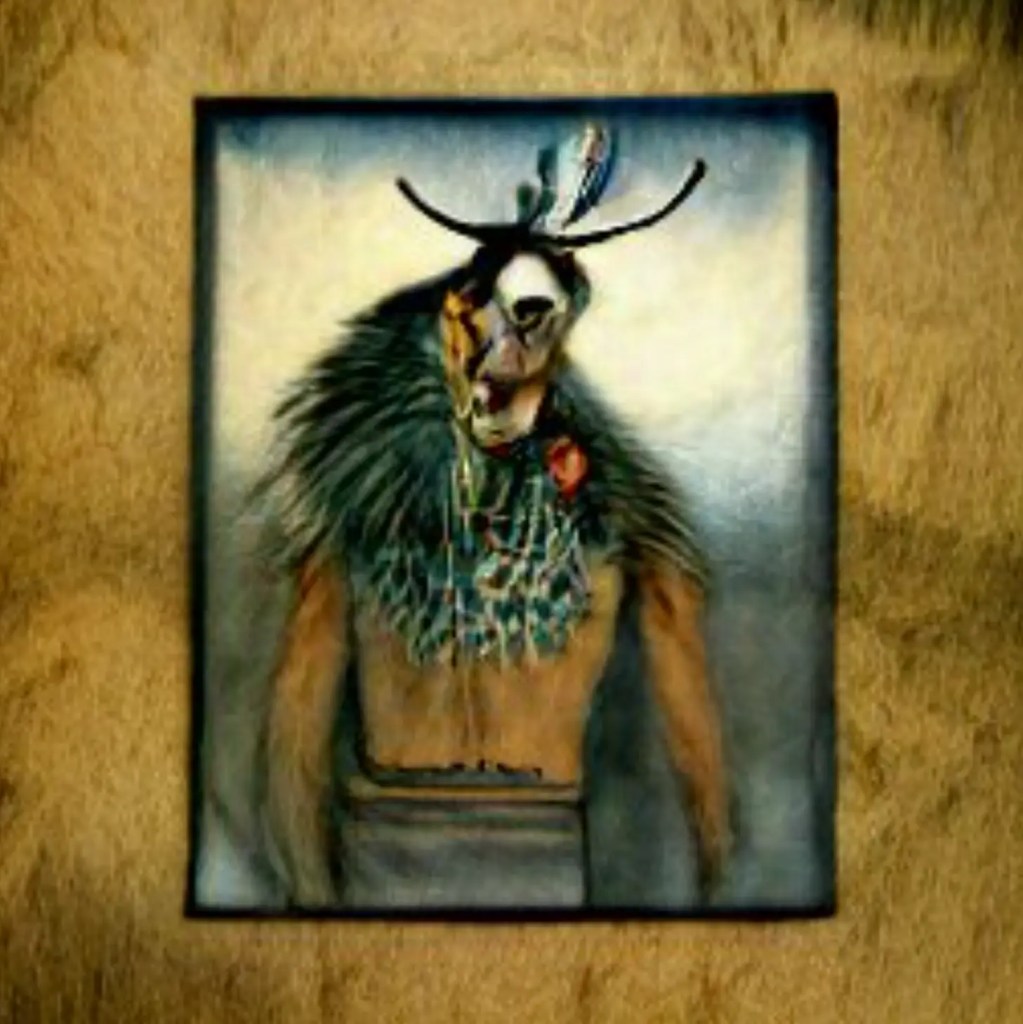
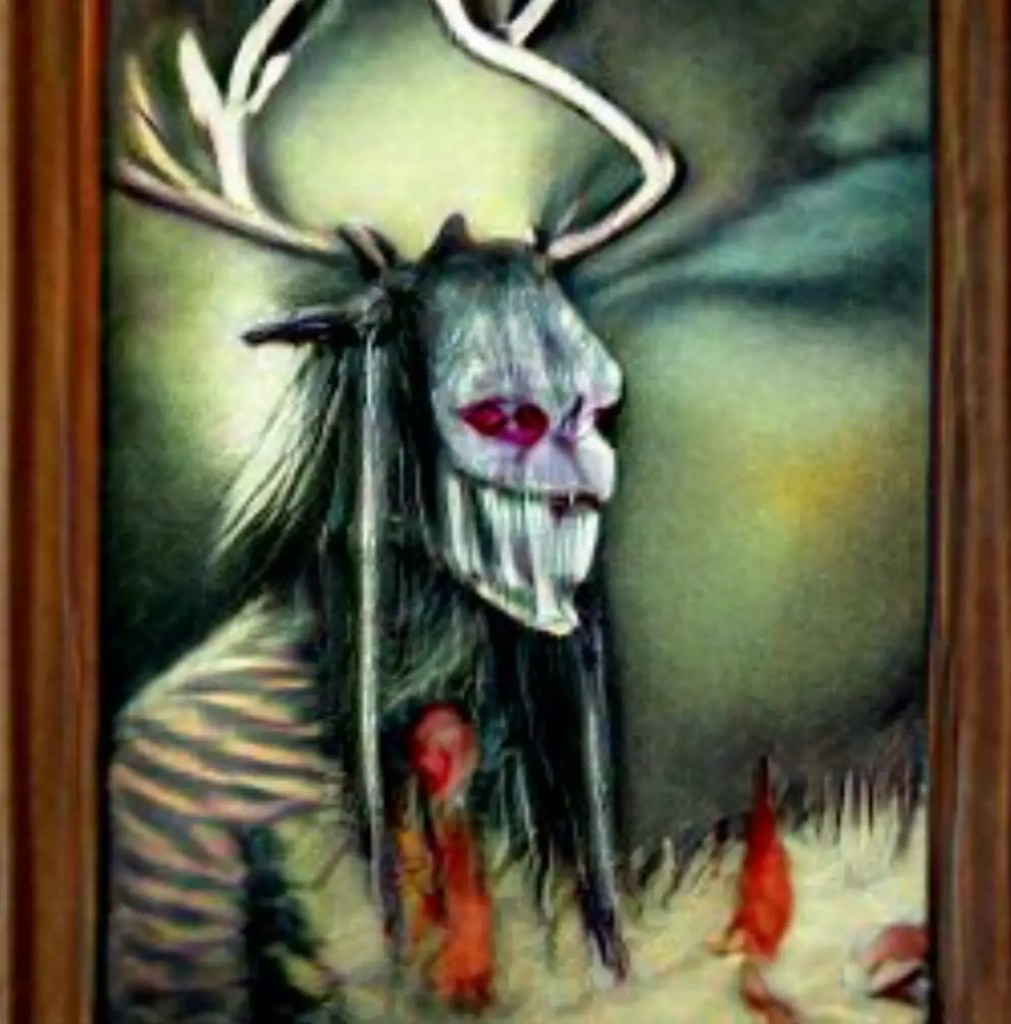
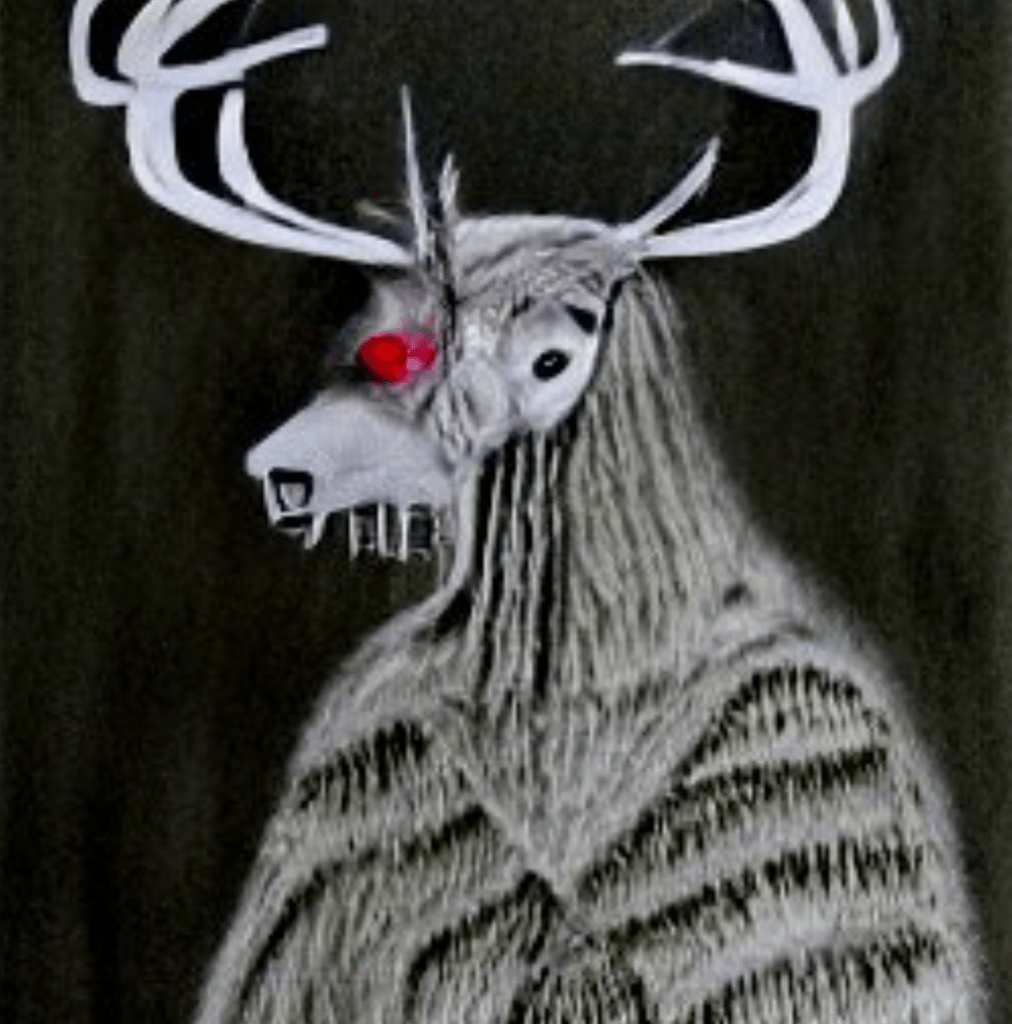

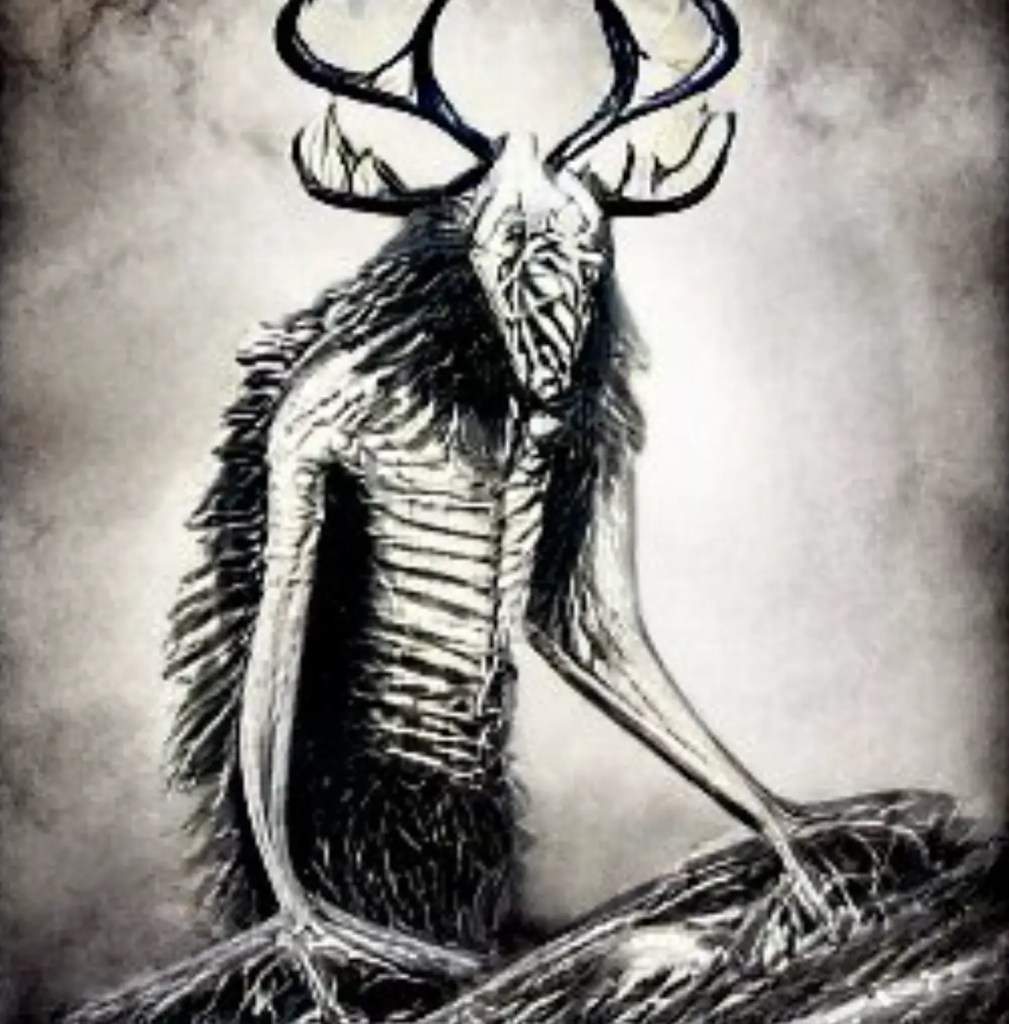

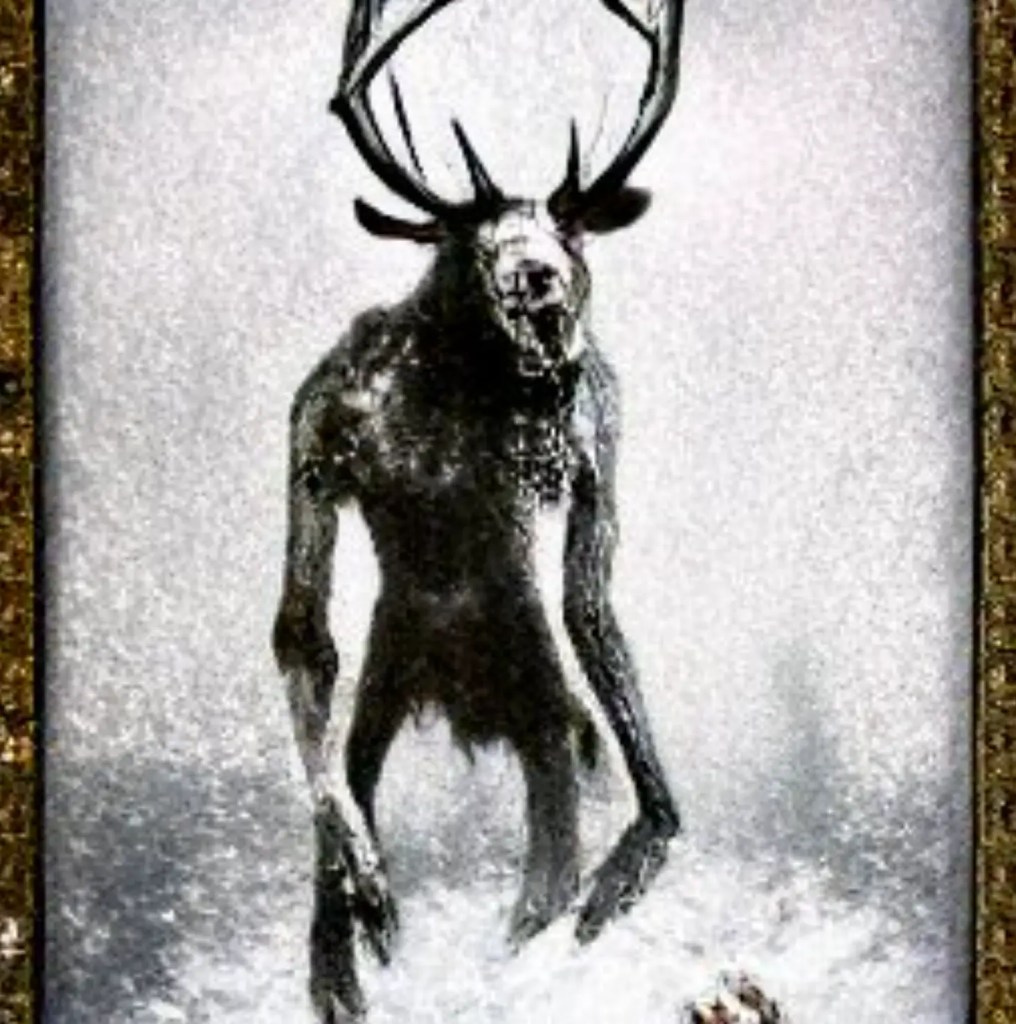
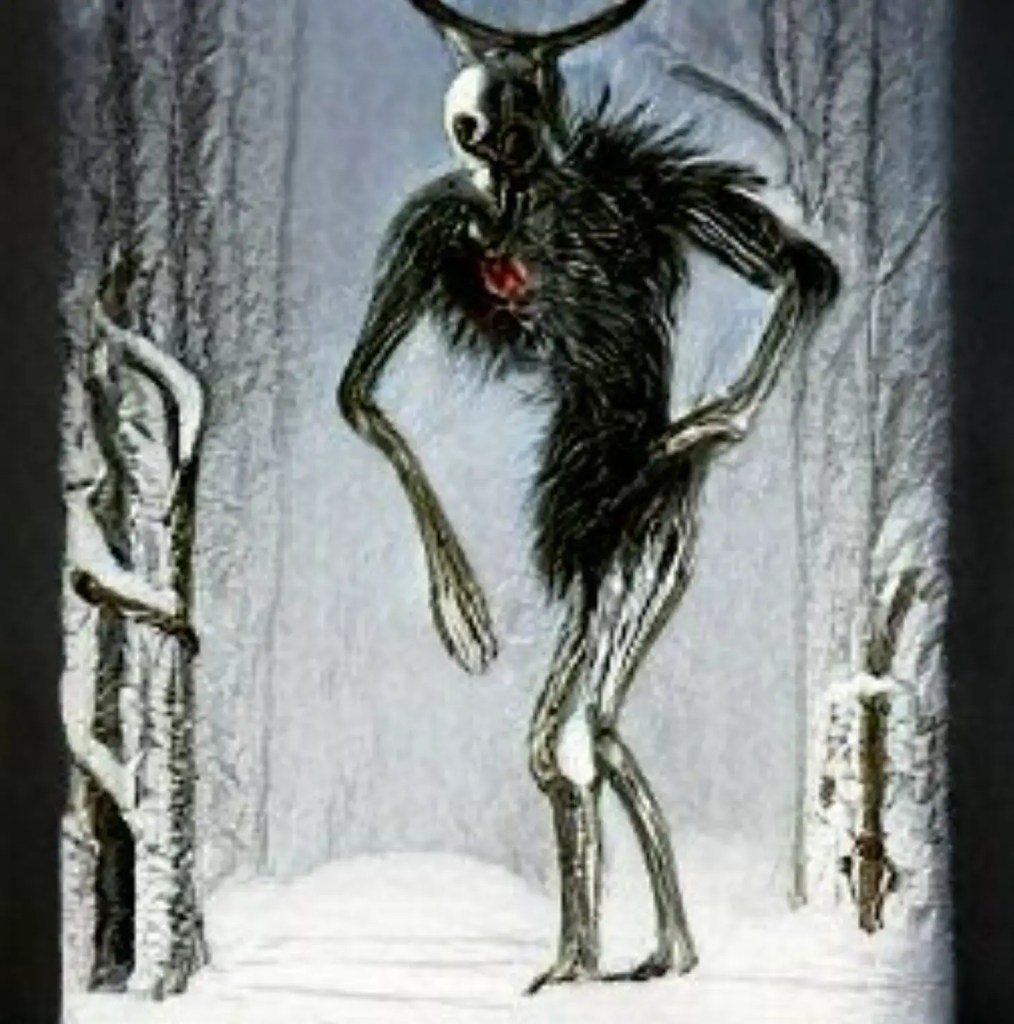
6 comments on “Psychosis in the shamanic vision of the Algonquians: The Windigo"